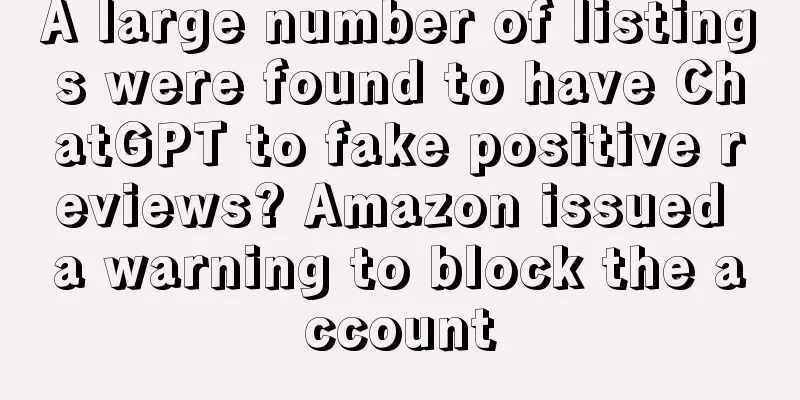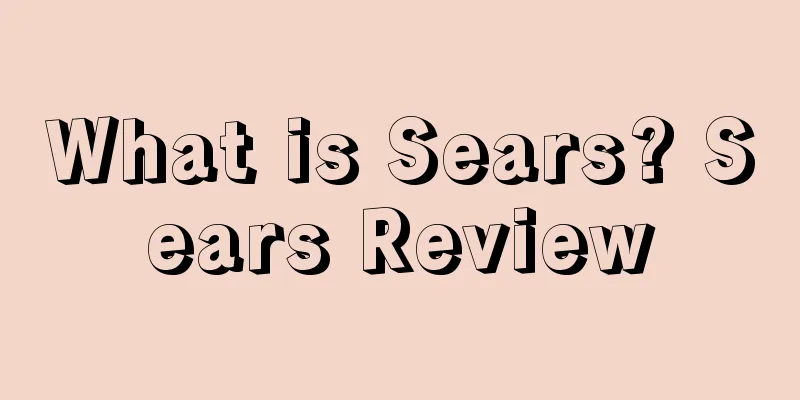|
Do you really understand Amazon's display ads (SD ads)? What factors should be paid attention to when setting them up? What delivery strategies are worth learning from? Let's take a look at them together~ Part 1 Introduction to SD advertising and the three elements of setting up 01 Classification of SD advertising positioning methods SD ads can target both consumer audiences and products. In the consumer targeting section, all sellers can select Amazon customers who have viewed a specific product detail page in the past 30 days. Some sellers can also select customers who have had related search behaviors and related purchase behaviors. The method of targeting products means that the advertisement is directly targeted to the specified ASIN or category page. When customers browse this category or browse the corresponding ASIN, our advertisement can be displayed on these pages. 02 SD Ads Display Location SD ads may appear above the fold, which is the first screen of the product details page. It can be displayed in several locations, including in the shopping cart or below the five-point description. It can also appear on the mobile homepage, including the search and review positions. 03 Three elements of SD advertising settings The first point is the promoted products, that is, we need to determine what kind of products to promote; The second point is that we need to choose the positioning method. We need to decide whether to choose audience positioning or product placement positioning; The third point is bidding, and the bidding method we adopt is also what we need to pay attention to. Part 2 SD advertising strategy sharing 01 Remarketing potential customers who have not purchased to increase purchase conversions The first strategy is to reach potential customers who have seen our products in the past 30 days but did not buy them, thereby increasing the chances of users buying. According to Amazon data, only 4% of customers will buy the product when they first browse it, so this strategy actually targets the remaining 96% of customers. Of course, if your product purchase decision chain is very short, such as data cables, remarketing is not recommended. Select the type as audience, and then select View promoted products and similar products. For promoted products, we can choose hot-selling products with competitive advantages, such as those with high brand BSR, that is, products with Top ASIN. For bidding, it is recommended that you use a higher CPC than Sponsored Products for cold start, and then gradually optimize to ensure that you grab accurate traffic first and run data. 02 Remarketing to non-purchasers to increase exposure This strategy has a wider scope and is more about increasing the exposure of our brand. The ads reach customers who have seen some products in this category but have not purchased our products. Similarly, select the audience, and then select to view category or brand products. The promoted products can be selected from our hot-selling products with many reviews, star ratings and high cost performance. In terms of bidding, it is recommended to bid the same as or slightly lower than the SP advertising bid, because its scope is too wide and the theoretical efficiency value will not be particularly high. It is recommended that you use more brand delivery forms, because the scope of selecting categories is too large. 03 Grab the traffic of competitors' products and cover a wide range of products This strategy requires you to choose competitive products with high BSRs, because your products will be displayed to your competitors. It is recommended that you place competitive products on brands with a relatively single product line and a narrow range. It is recommended to bid 10%-20% lower than the CPC of SP ads. If the data is average, consider refining the price and star rating of the competitors and narrowing the scope of product positioning; if the effect is good, you can switch to hot-selling ASIN competitive products. 04 Do affiliate marketing, bind with hot-selling products, and take advantage of traffic Related sales means that if our products are strongly related to other categories of products, we can take advantage of their traffic. What is strong correlation? For example, outdoor grills and tents, or sleeping bags and mats are all strongly related. According to this strategy, if you are a seller of sleeping bags, you can find the ASIN of the top seller who sells floor mats very well and bind it to display your products on the relevant pages. The bidding recommendation is slightly lower than the CPC of SP advertising by 10%~20%. For products with poor data, add negative delivery. 05 Grab the traffic of competitors’ products and accurately place competitive products This strategy is suitable for promoting our hot-selling products with many reviews, high star ratings, and high cost performance. When we are doing price reduction activities and the product cost performance is particularly high, we can use this strategy to grab the traffic of competitors. Since it is grabbing traffic, the bidding needs to be equal to or slightly higher than the CPC of SP advertising. 06 Create a closed loop of proprietary product traffic to defend against competitors This strategy uses our own best-selling ASINs for advertising. This actually occupies the advertising space on the details page of our best-selling products, allowing customers to stay on our own pages as much as possible. Even if customers click on the ads to browse our own products, this serves to defend against competitors. For products, you can choose hot-selling products and variants within the product line. In addition, new products with potential can also be launched in this strategy. Because we want to avoid competitors grabbing our advertising space, the bidding also needs to be slightly higher than the CPC of SP advertising. The above is a sharing on how to use Amazon display ads. I hope it will be helpful to all seller friends.
|










